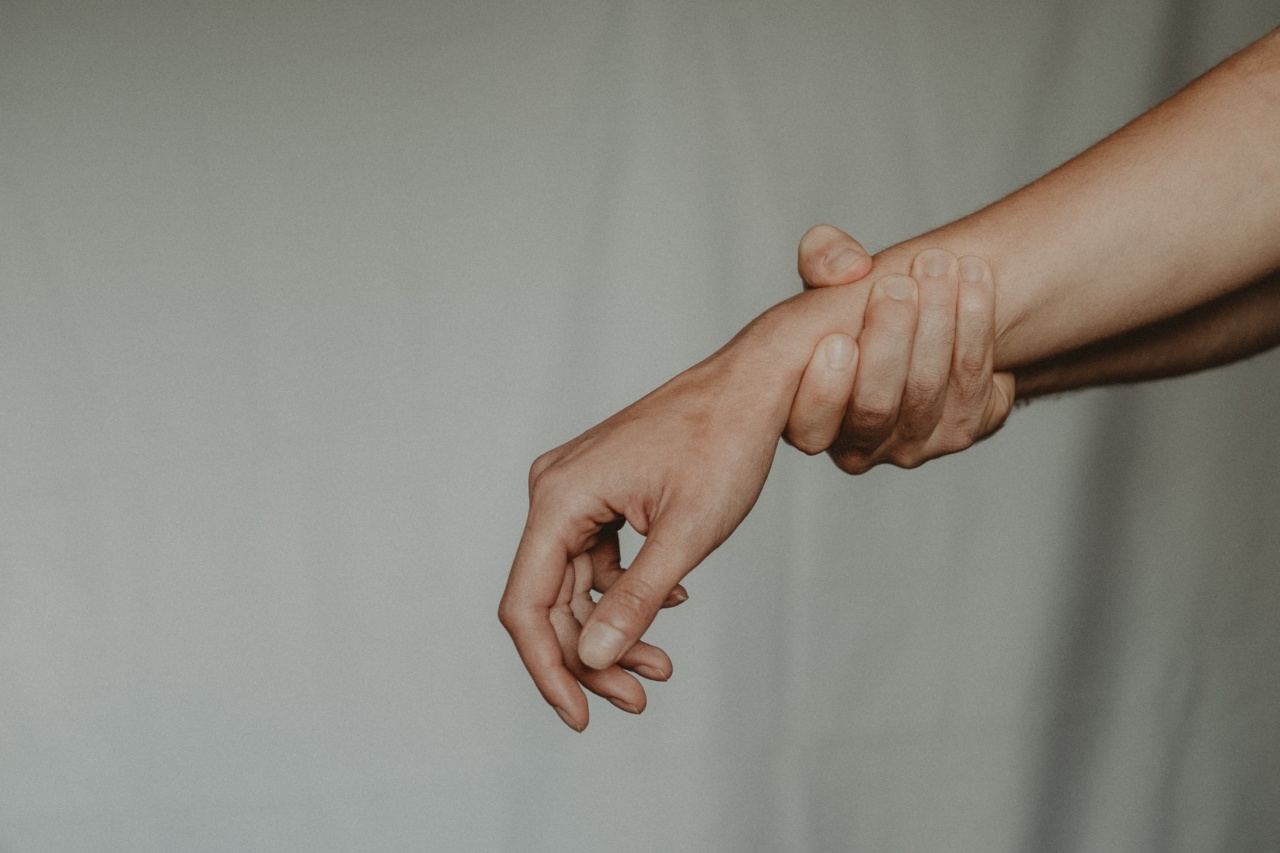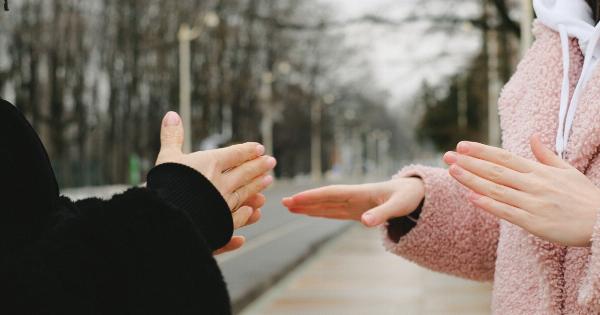In our everyday interactions with others, we rely heavily on verbal communication to express our thoughts, feelings, and ideas.
However, what many people fail to realize is that our physical expressions, often unnoticed and overlooked, can reveal a wealth of information about our inner thoughts and emotions. These hidden messages, conveyed through body language, facial expressions, and even hand gestures, can provide important insights into a person’s true feelings and intentions.
The Power of Body Language
Body language is a universal language that transcends words and can communicate messages even in the absence of speech.
Our postures, gestures, and movements can convey a wide range of emotions and attitudes, from confidence and openness to insecurity and discomfort.
For example, crossed arms are often interpreted as a sign of defensiveness or resistance, indicating that a person may be feeling guarded or closed off.
On the other hand, open arms and a relaxed posture can be seen as a sign of welcoming and approachability, suggesting that a person is open to interaction and communication.
Similarly, the way we position our bodies in relation to others can also reveal our level of engagement and interest.
Leaning in closer to someone while they are speaking can indicate attentiveness and engagement, while leaning away or constantly shifting our gaze may suggest disinterest or boredom.
The Secrets of Facial Expressions
Our faces are incredibly expressive, capable of conveying a wide range of emotions with just a subtle shift in expression.
Facial expressions, such as smiles, frowns, and raised eyebrows, can provide valuable clues about a person’s emotional state and their true feelings about a given situation.
Studies have shown that certain facial expressions are universally recognized across cultures. For example, a genuine smile, which involves the activation of the muscles around the eyes, is seen as a sign of happiness and authenticity.
Conversely, a forced or insincere smile may only involve the muscles around the mouth, giving it a more artificial appearance.
Microexpressions, fleeting and involuntary facial expressions that last only a fraction of a second, can also offer a glimpse into a person’s true emotions.
These rapid and often unconscious movements of the facial muscles can betray hidden feelings of fear, disgust, or even attraction, providing valuable information that may not be communicated verbally.
The Language of Hands and Gestures
Our hands are incredibly expressive, capable of conveying complex messages and ideas without the need for words. Hand gestures, such as pointing, waving, and thumbs-up signs, are often used to emphasize or clarify verbal communication.
However, they can also communicate subtle messages on their own.
For instance, a clenched fist or tapping fingers may indicate impatience or frustration, while folded hands can signal calmness and attentiveness. The way we use our hands while speaking can also reveal our level of confidence and self-assuredness.
Animated, expansive gestures are often associated with extroversion and confidence, while fidgeting or hiding our hands may suggest nervousness or insecurity.
Interpreting the Messages
While understanding the basic principles of body language, facial expressions, and hand gestures can provide valuable insights, it’s important to remember that interpreting these messages accurately requires context and consideration of individual differences. Cultural norms, personal history, and individual quirks can all influence and modify the meaning and intensity of physical expressions.
For example, while crossed arms are generally associated with defensiveness, in some cultures, it may simply be a sign of comfort or relaxation.
Similarly, a person who is naturally introverted may exhibit more subdued body language, and their facial expressions may be less expressive compared to someone who is naturally extroverted.
To accurately interpret physical expressions, it’s crucial to consider the person’s overall behavior, speech patterns, and the context in which they are being observed.
A single gesture or facial expression should not be taken in isolation but should be seen as part of a larger pattern of behavior.
Using Physical Expressions to Our Advantage
Understanding the hidden messages of physical expressions can have numerous benefits in both personal and professional settings.
By paying attention to and utilizing body language, facial expressions, and hand gestures effectively, we can improve our communication skills, build stronger relationships, and even enhance our own self-awareness.
In professional settings, being able to accurately read and interpret physical expressions can be particularly advantageous.
It can help in understanding client needs and preferences, negotiating effectively, and building rapport with colleagues and superiors. It can also assist in public speaking and presentations, as being aware of our own body language can help us convey confidence and engage our audience.
Conclusion
Our physical expressions are rich with hidden messages that can reveal much about our thoughts, emotions, and intentions.
By understanding and interpreting body language, facial expressions, and hand gestures, we can gain valuable insights into others and improve our own communication skills. However, it’s important to remember that these messages should be considered in context and with an awareness of individual differences.
By harnessing the power of physical expressions, we can enhance our relationships, navigate social interactions more effectively, and gain a deeper understanding of ourselves and others.






























